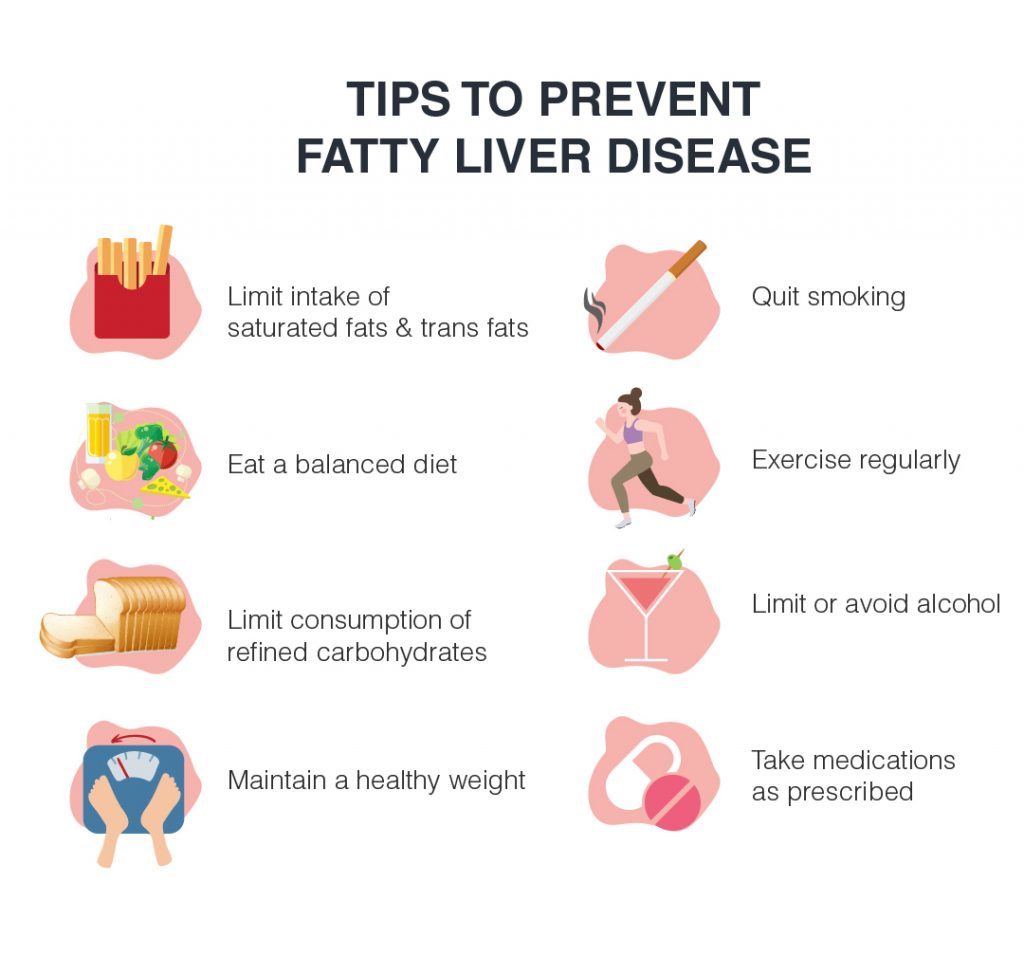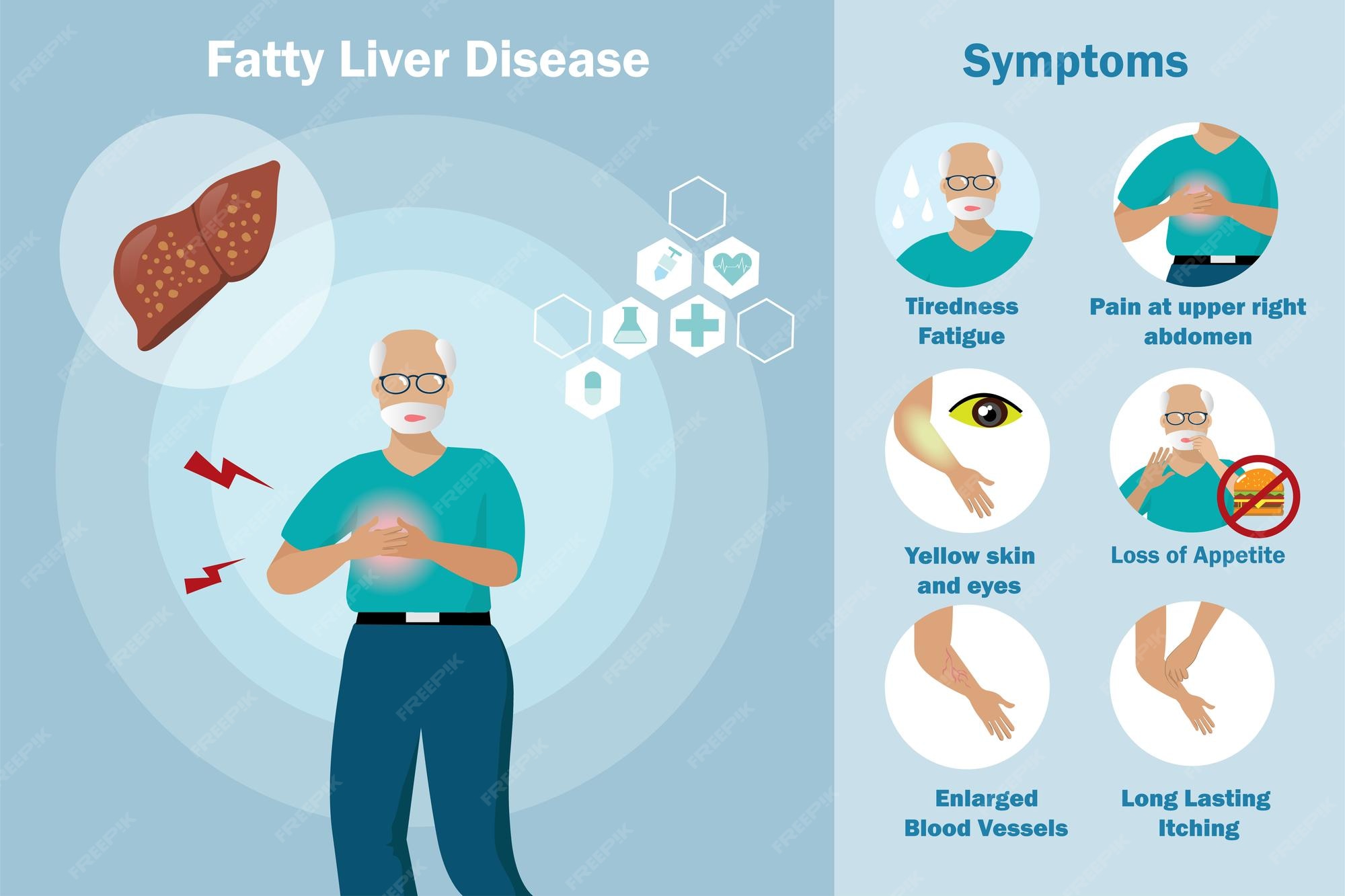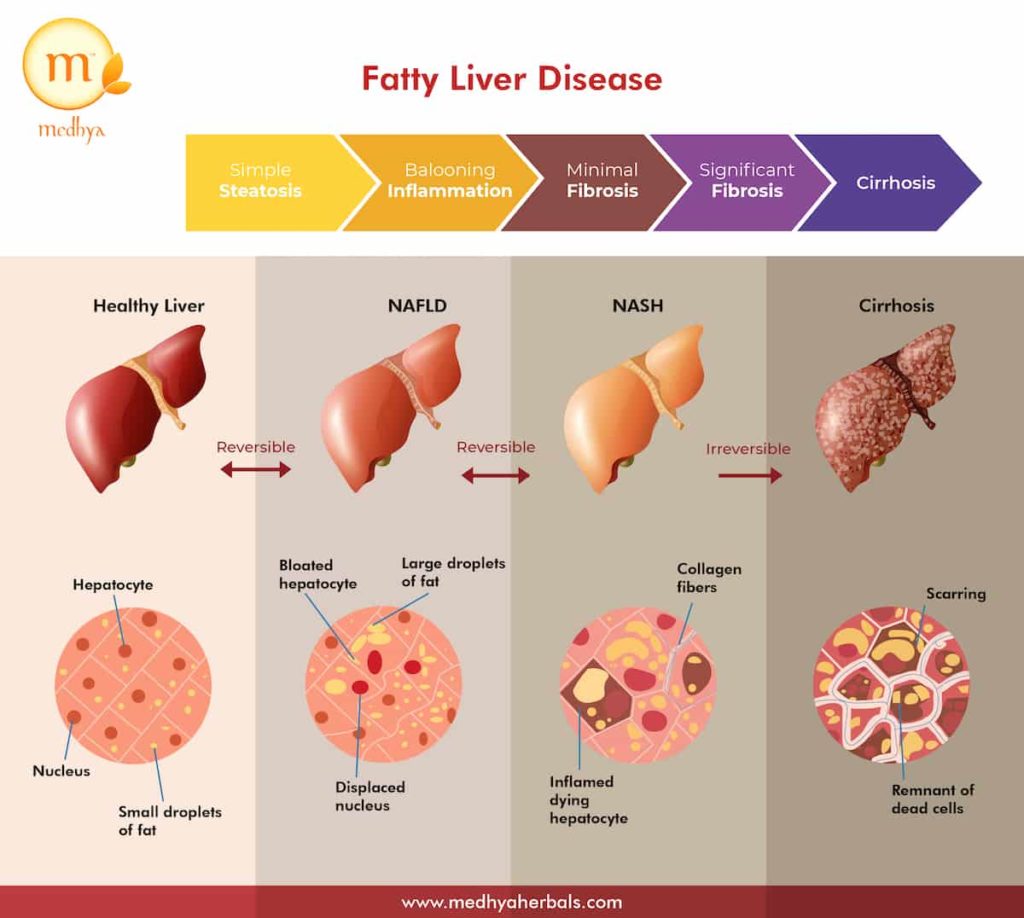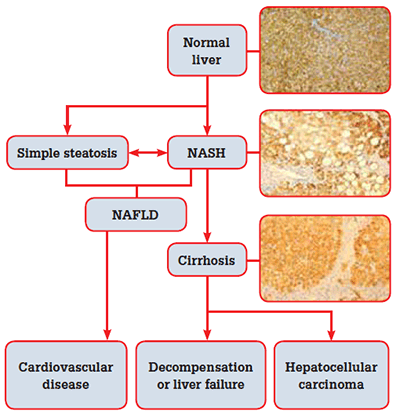Have A Info About How To Diagnose Fatty Liver
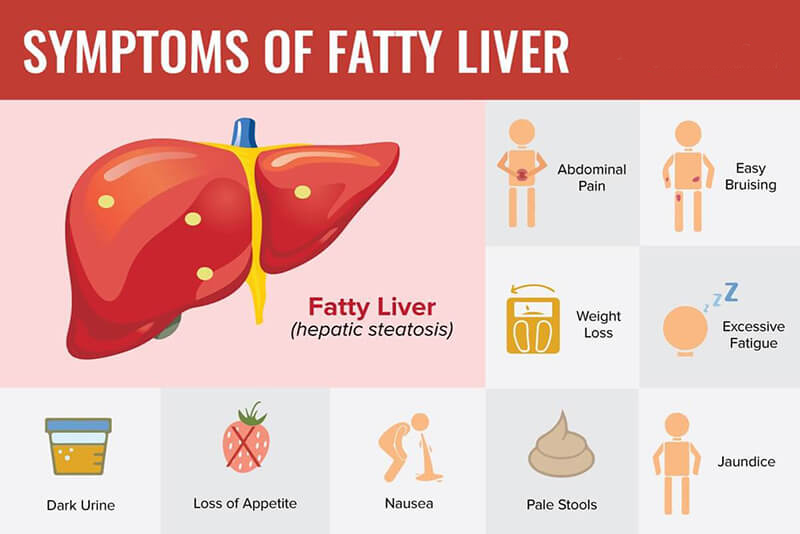
How to diagnose fatty liver disease fatty liver is a condition that causes the body’s liver cells to swell up, known as fibrosis.
How to diagnose fatty liver. The cells become scarred and cannot divide. Avoid more harmful fat sources such as saturated or trans fats. One of the first things to look for in a fatty liver is weakness in the liver.
If someone seems to have symptoms of fatty liver then he/she should consult a doctor as soon as possible. Typical lab tests may not catch it either. Because it often has no symptoms, doctors can miss the fatty liver disease.
The cells become scarred and cannot divide. Removing a tissue sample (biopsy) from your liver may help diagnose liver disease and look for. Special blood tests can check how well your liver.
Here are some steps you can take: Doctors use your medical history, a physical exam, and tests to diagnose nonalcoholic fatty liver disease (nafld)—including nonalcoholic fatty liver (nafl) and nonalcoholic steatohepatitis. How is fatty liver disease diagnosed?
Your doctor will diagnose fatty liver by talking to you first, then examining you. Doctors diagnose fatty liver disease through different tests. It is important to diagnose fatty liver disease as early as possible.
Fatty liver disease is diagnosed by blood tests that measure transaminase enzymes and diagnostic imaging such as an ultrasound or ct scan to look for organ fatty deposits. You may be asked to have a blood test called a liver function test to see the health of your liver. An ultrasound, ct scan and mri can show liver damage.



